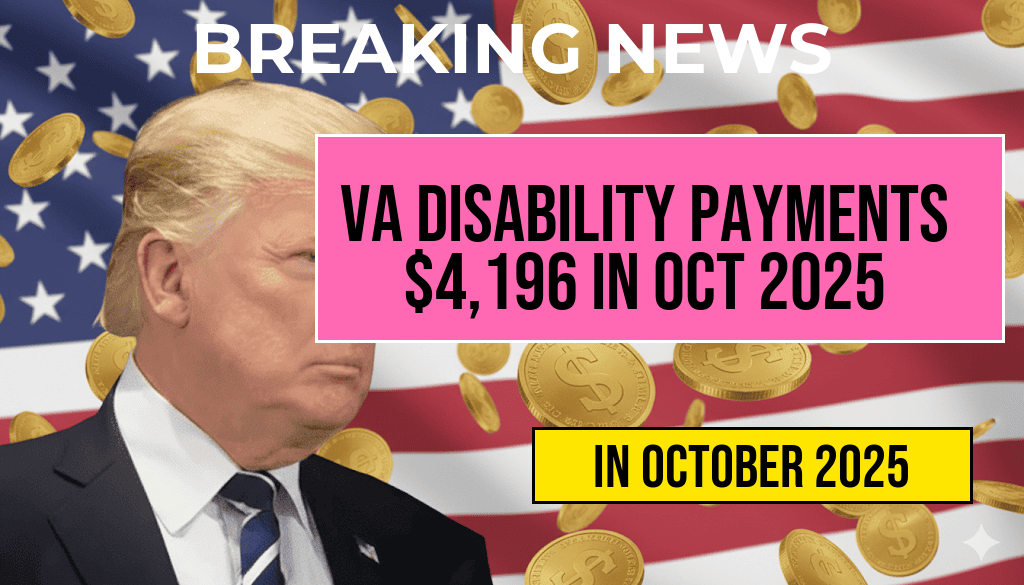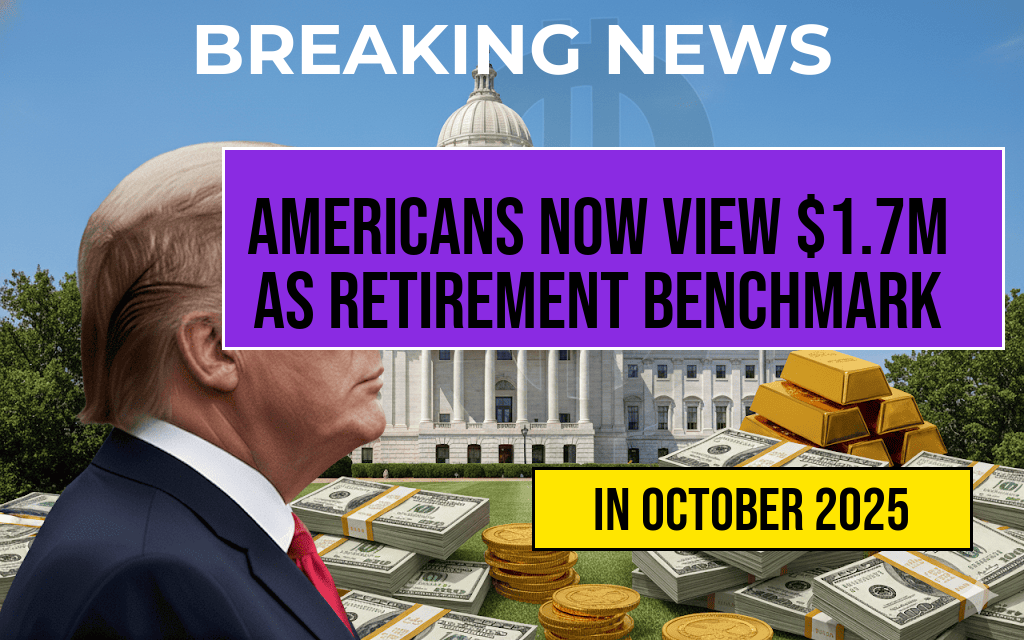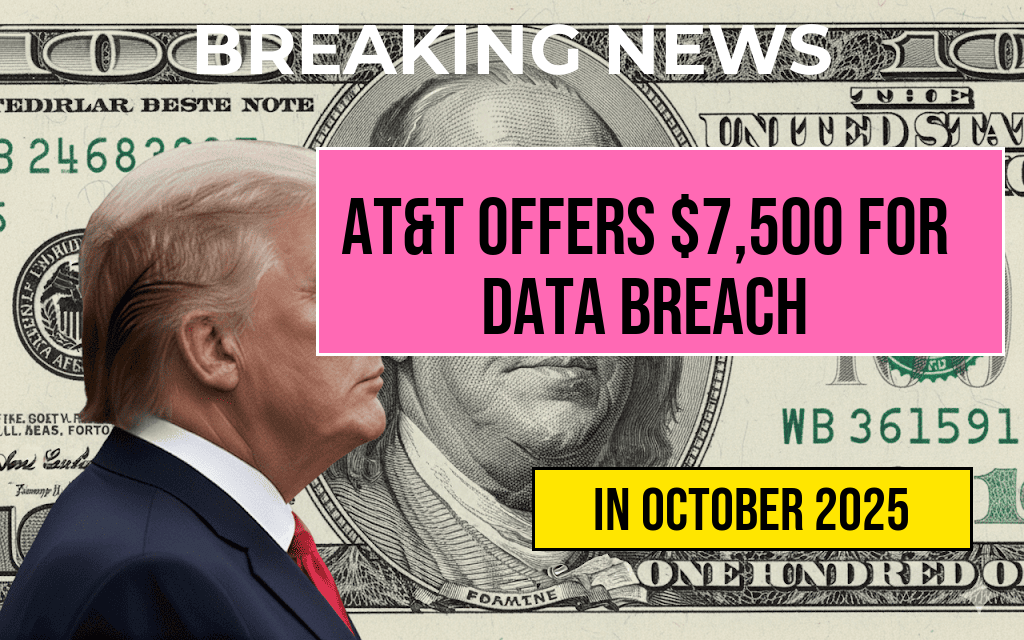Former President Donald Trump has recently voiced support for allowing high-risk cryptocurrency investments within 401(k) retirement plans, a move that could significantly alter the landscape of Americans’ retirement savings. Trump’s proposal, articulated during a televised interview, suggests that investors should be permitted to allocate a portion of their retirement funds into digital assets such as Bitcoin and other cryptocurrencies, despite ongoing concerns about market volatility and regulatory uncertainties. This stance marks a notable shift from traditional conservative investment approaches typically associated with retirement planning and has sparked widespread debate among financial experts, regulators, and policymakers about the potential benefits and risks of integrating cryptocurrencies into long-term savings accounts.
Background on Cryptocurrency and Retirement Accounts
Cryptocurrencies have gained prominence over the past decade, driven by their potential for high returns and decentralized nature. However, their volatility has led regulators and financial institutions to remain cautious. Cryptocurrencies are characterized by their digital, peer-to-peer transactions, often unregulated by traditional banking authorities. Meanwhile, 401(k) plans serve as the primary vehicle for retirement savings for millions of Americans, offering tax advantages and employer-sponsored contributions. Historically, these plans have focused on stocks, bonds, and mutual funds, with limited exposure to alternative assets due to fiduciary and regulatory concerns.
Trump’s Proposal and Its Rationale
Advocating for Investment Flexibility
During a recent interview, Trump highlighted the potential for cryptocurrencies to diversify retirement portfolios and provide high-growth opportunities. He argued that investors should have the freedom to choose their asset allocations without restrictive federal limits, emphasizing that digital currencies could serve as a hedge against inflation and economic instability. “People should be able to decide for themselves whether to include cryptocurrencies in their retirement savings,” Trump stated. “It’s about personal choice and financial empowerment.”
Addressing Market Volatility
Despite his support, Trump acknowledged the inherent risks associated with cryptocurrencies, noting that their prices can fluctuate wildly in short periods. He suggested that a prudent approach might involve allocating only a small percentage of a 401(k)—perhaps 5%—to digital assets, reducing exposure to potential losses while enabling investors to participate in the burgeoning market.
Regulatory and Industry Response
Concerns from Financial Regulators
| Agency | Position | Implications |
|---|---|---|
| Department of Labor (DOL) | Warns against including cryptocurrencies in ERISA plans due to fiduciary risks | Potential legal barriers to direct inclusion in 401(k) plans |
| Securities and Exchange Commission (SEC) | Expresses concern over fraud and market manipulation | Increased regulatory scrutiny of crypto-related retirement offerings |
| Financial Industry Regulatory Authority (FINRA) | Advises caution in digital asset investments | Calls for better investor protections |
Financial regulators have historically maintained a cautious stance on integrating cryptocurrencies into mainstream financial products, citing risks related to fraud, lack of transparency, and market manipulation. The SEC and the Department of Labor have issued warnings emphasizing the fiduciary duties of plan administrators and the potential legal challenges of including volatile assets like cryptocurrencies in retirement plans.
Potential Impact and Challenges
Market Growth and Investor Interest
Proponents argue that allowing cryptocurrency investments in 401(k) plans could open new avenues for wealth accumulation, especially as digital assets continue to garner mainstream acceptance. Institutional investors and large financial firms are increasingly exploring ways to incorporate blockchain technology and digital assets into their offerings. A Forbes article suggests that a regulated inclusion of cryptocurrencies could legitimize their role in long-term investing, attracting younger investors eager for innovative assets.
Risks and Regulatory Hurdles
However, critics warn that high-risk investments could jeopardize retirement savings, especially for vulnerable populations. The unpredictable nature of digital asset markets raises questions about the fiduciary responsibility of plan administrators. Additionally, regulatory uncertainty and potential legal challenges may delay or obstruct efforts to permit such investments fully. The lack of comprehensive federal guidelines creates a complex landscape for plan sponsors considering crypto exposure.
Expert Perspectives
Financial advisors and industry experts remain divided on the issue. Some see the inclusion of cryptocurrencies as a natural evolution in diversification strategies, while others emphasize caution and risk mitigation. Investopedia suggests that investors interested in this approach should conduct thorough research and consider professional advice to navigate the volatile terrain.
Implications for Future Retirement Planning
If regulatory barriers are addressed and investor protections strengthened, allowing high-risk cryptocurrency investments within 401(k) plans could redefine retirement planning strategies. For now, the idea remains contentious, balancing innovation with prudence. As policymakers deliberate on potential reforms, the evolving landscape continues to challenge traditional notions of safe and conservative investing for retirement savings.
Frequently Asked Questions
What is the main proposal regarding cryptocurrency in 401(k) retirement plans?
The proposal advocates for **allowing high-risk cryptocurrency investments** to be included in **401(k) retirement plans**, giving investors the opportunity to diversify their retirement portfolios with digital assets.
Why does Trump support including cryptocurrencies in 401(k) plans?
Trump supports this inclusion because he believes **cryptocurrencies** can provide **higher growth potential** and **diversification benefits** for retirement investors, despite the associated **risks**.
What are the potential risks of allowing high-risk cryptocurrency investments in 401(k)s?
The primary risks include **market volatility**, potential **loss of principal**, and the lack of regulation and protections typically found in traditional investments, making these assets **more speculative**.
How might this policy change impact retirement savers?
If implemented, this change could offer **greater investment options** and the chance for **higher returns**, but it also exposes **retirement savings** to **greater risk and volatility**.
Are there any regulatory concerns or hurdles related to this proposal?
Yes, regulatory challenges include ensuring **proper oversight**, protecting investors from **fraud**, and establishing **clear guidelines** for cryptocurrency investments within retirement plans.










